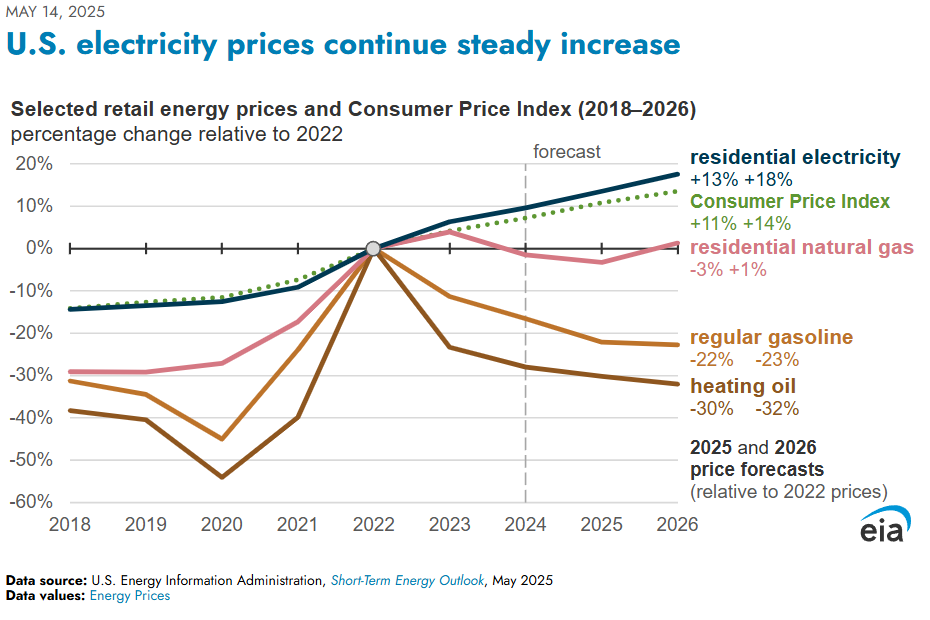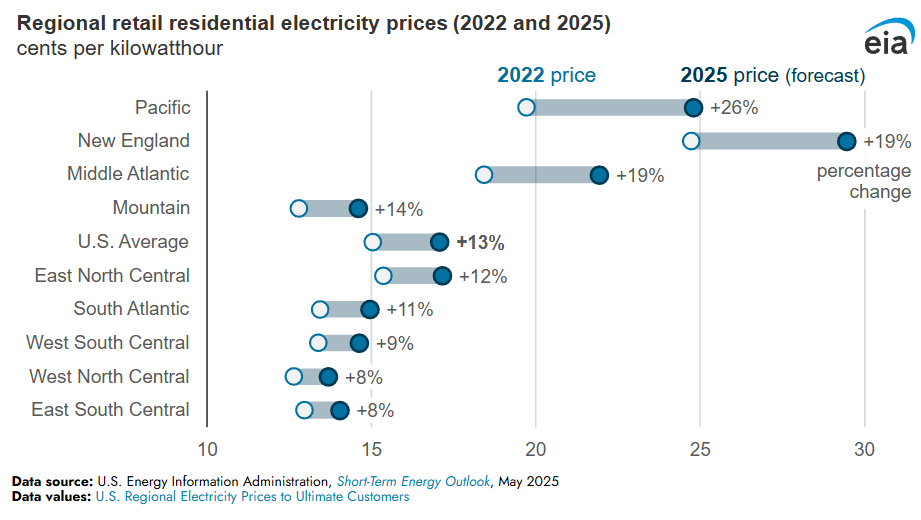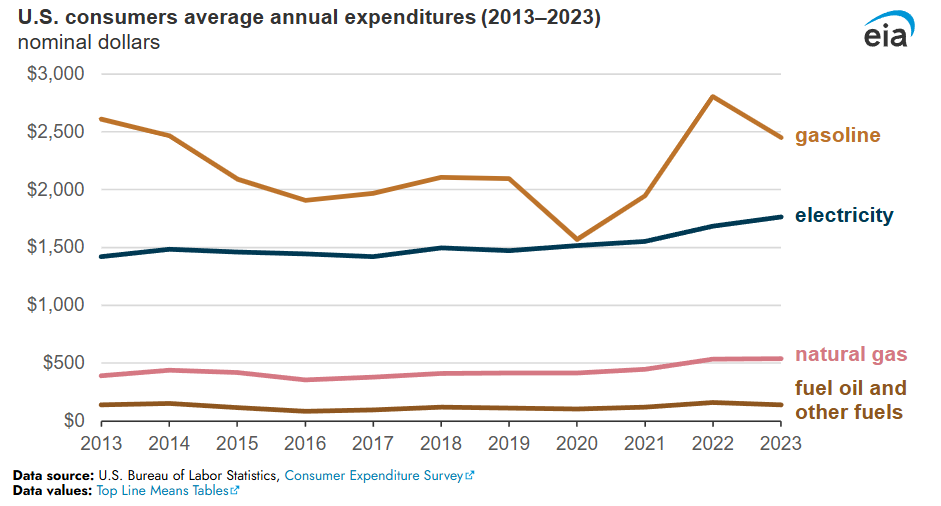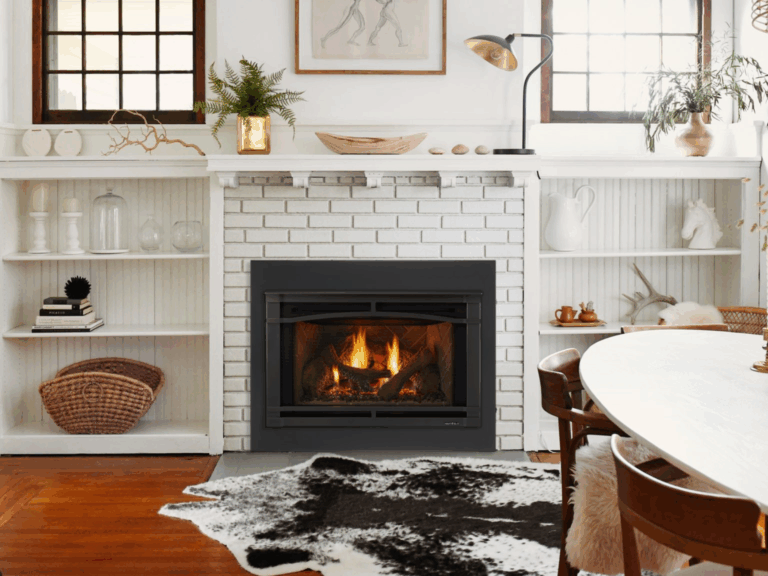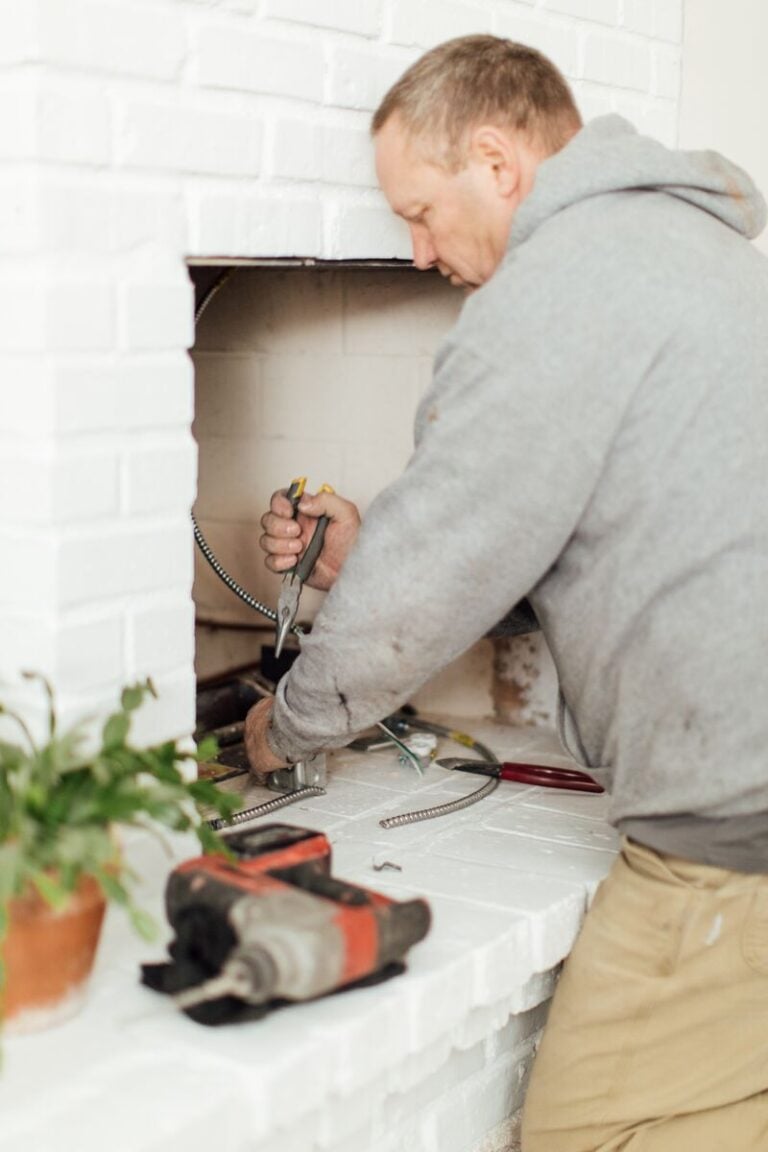The Reality: Electric Rates Are Rising Faster Than Ever Before
If you’re shopping for a heating system in 2025, here’s what you need to know: electricity costs are surging in the Eastern U.S., particularly in Pennsylvania, New Jersey, and surrounding states. This isn’t a temporary spike. It’s a structural shift that will affect your heating costs for years to come.
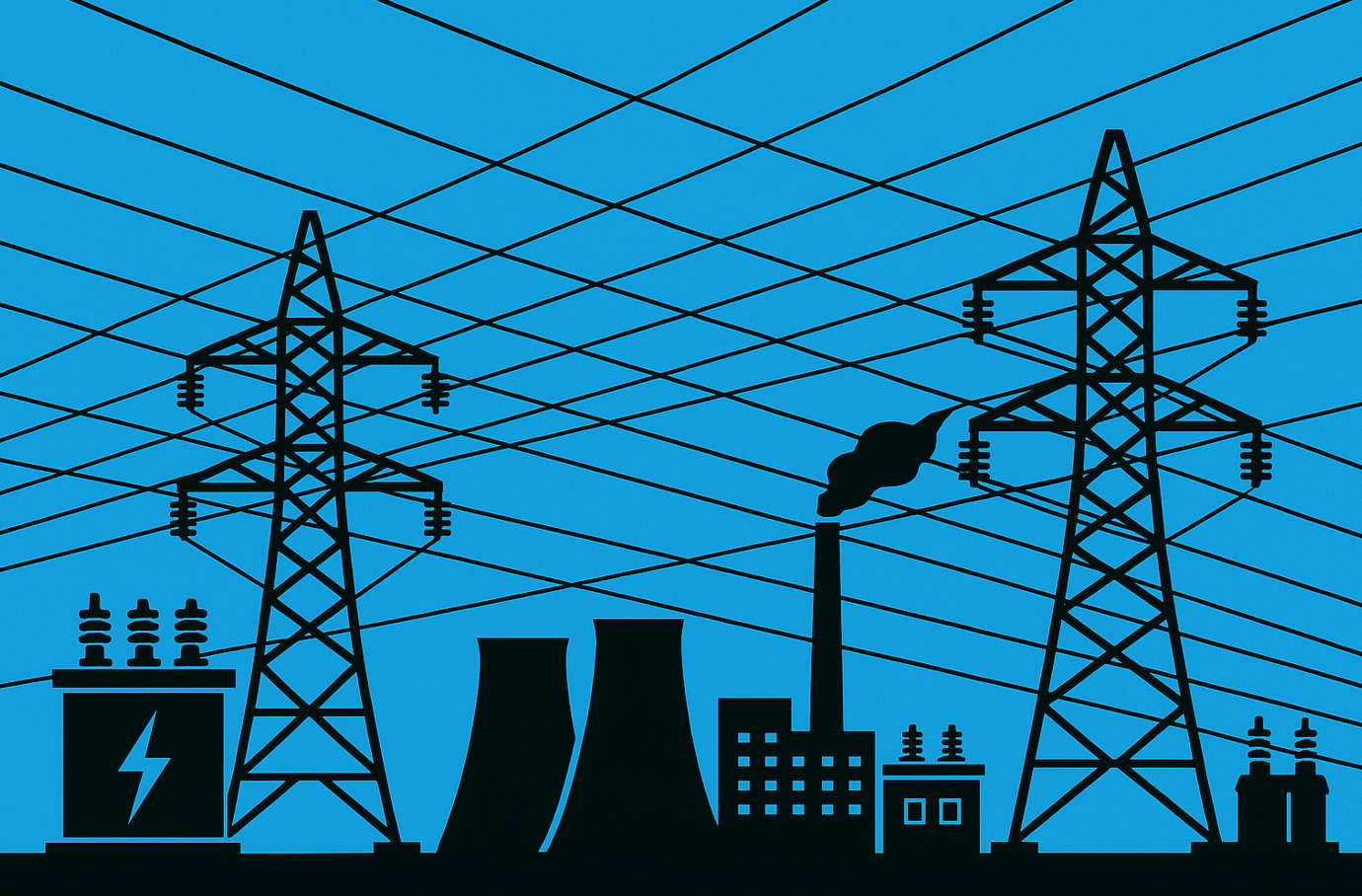
What’s Behind the Rising Electric Bill?
1. An Aging Grid Under Pressure
The electrical infrastructure across much of the U.S. was built decades ago. Utilities are now spending billions to replace worn-out transformers, substations, and transmission lines. Those costs get passed directly to consumers.
2. Demand Is Exploding
Electric vehicles, energy-hungry data centers, and new housing developments are all pulling more power from a grid that wasn’t designed for this level of demand.
3. Power Plants Are Disappearing Faster Than They’re Being Replaced
Coal and natural gas plants are retiring at an accelerating pace, but new generation capacity isn’t coming online fast enough to fill the gap. This supply-demand imbalance is pushing prices up.
4. Market Consolidation Over Expansion
Energy companies are merging and acquiring one another, reshuffling who owns the power and not increasing how much is available.
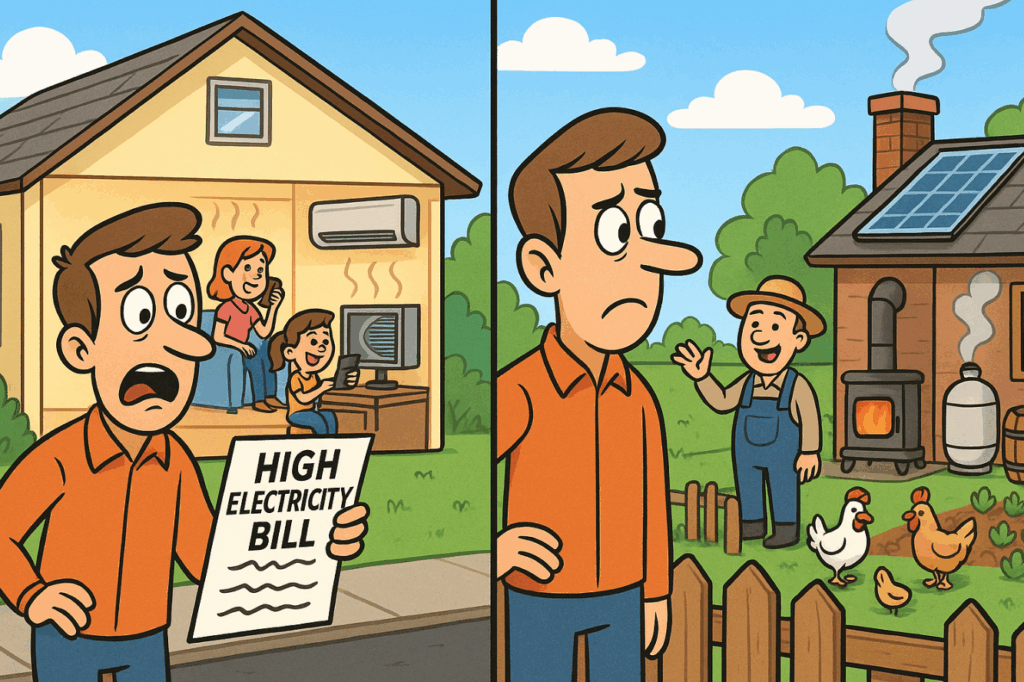
“Electricity use is becoming more common for residential heating”
Electric heating is rapidly becoming the dominant choice for American homes, with 42% of U.S. households now using electricity as their primary heating source in 2024. This is a dramatic shift driven by heat pump technology improvements, natural gas bans in new construction, and population migration to warmer climates. (Not to mention AI datacenters becoming a rapidly growing industry.)
According to the U.S. Energy Information Administration, this trend away from natural gas (which dropped from 49% to 47% between 2010 and 2024) means millions of homeowners are now fully exposed to electricity rate increases for their heating costs. For homeowners considering electric heat pumps, electric furnaces, or all-electric home conversions, understanding electricity price trends is critical, especially in regions like the PJM grid (Pennsylvania, New Jersey, Maryland, and surrounding states) where capacity auction prices have skyrocketed from $29 to $329 per megawatt-day in just two years.
Unlike homes with supplemental heating options like wood stoves, pellet stoves, or propane systems, all-electric homes have limited flexibility when utility rates spike, making heating cost comparisons and energy independence strategies more important than ever for long-term budgeting and home comfort.
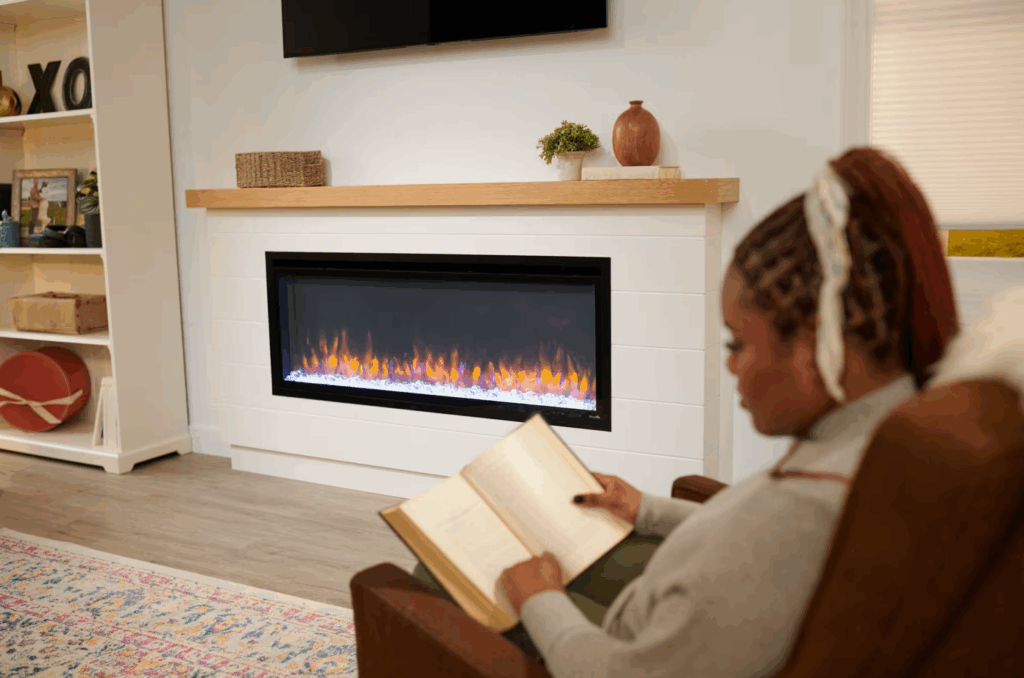
Real Numbers: The PJM Capacity Auction and Electricity Prices in the Future
The PJM regional grid (covering 13 states from Illinois to New Jersey) runs an annual auction to ensure there’s enough power available. Recent results tell the story:
- 2024: Capacity prices jumped from $29 to $270 per megawatt-day
- 2025: Prices climbed again to $329 per megawatt-day
- The Impact: Residential customers across the region are facing electric rate increases between 1.5% and 5% by mid-2026—with more increases likely in the years ahead.
- Learn more >> U.S. electricity prices continue to rise
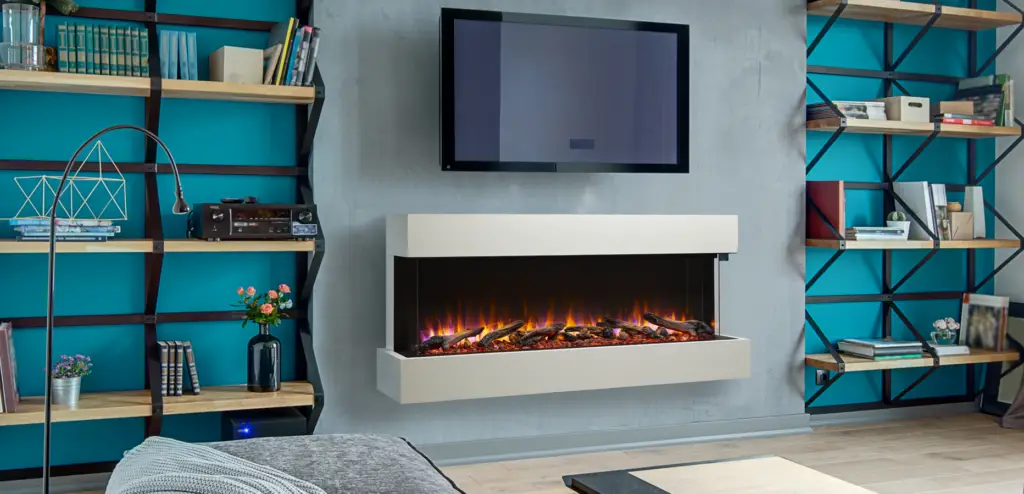
What This Means If You Heat with Electricity?
Electric heat pumps and baseboard systems are efficient technologies, but they’re only as affordable as the electricity that powers them. As rates climb, so does your cost to stay warm every single winter.
Annual Heating Cost Comparison (Pennsylvania region, 1,800 sq ft home)
| Fuel Type | System | Estimated Annual Cost | Key Considerations |
|---|---|---|---|
| Electric | Heat pump (central) | $1,800–$2,500 | Clean and efficient—but vulnerable to rising rates |
| Wood | EPA-certified stove | $700–$1,200 | Locally sourced, stable pricing, excellent for zone heating |
| Pellets | Automatic pellet stove | $1,200–$1,800 | Convenient, efficient, minimal electricity use |
| Propane | Direct-vent stove | $1,500–$2,100 | Stable supply, but prices can spike with market shifts |
| Natural Gas | Furnace or insert | $1,200–$1,800 | Cost-effective where available |
Cost estimates based on average Mid-Atlantic fuel prices and typical home insulation levels.

Why Wood & Pellet Stoves Make Sense Right Now
Zone Heating Cuts Your Electric Load
You don’t need to heat every room to the same temperature. A wood or pellet stove heats your main living area beautifully, allowing you to dial back your central system and slash your electric usage.
Fuel Independence
Wood and pellets can be sourced locally, insulating you from national energy market volatility. You control your fuel supply and your budget.
Reliable When the Power Goes Out
Wood stoves need no electricity. Pellet stoves can run on battery backup systems. When storms knock out power or rates spike unexpectedly, you’re still warm.
Predictable Long-Term Costs
While electric rates continue their upward climb, wood and pellet pricing remains relatively stable and locally determined.
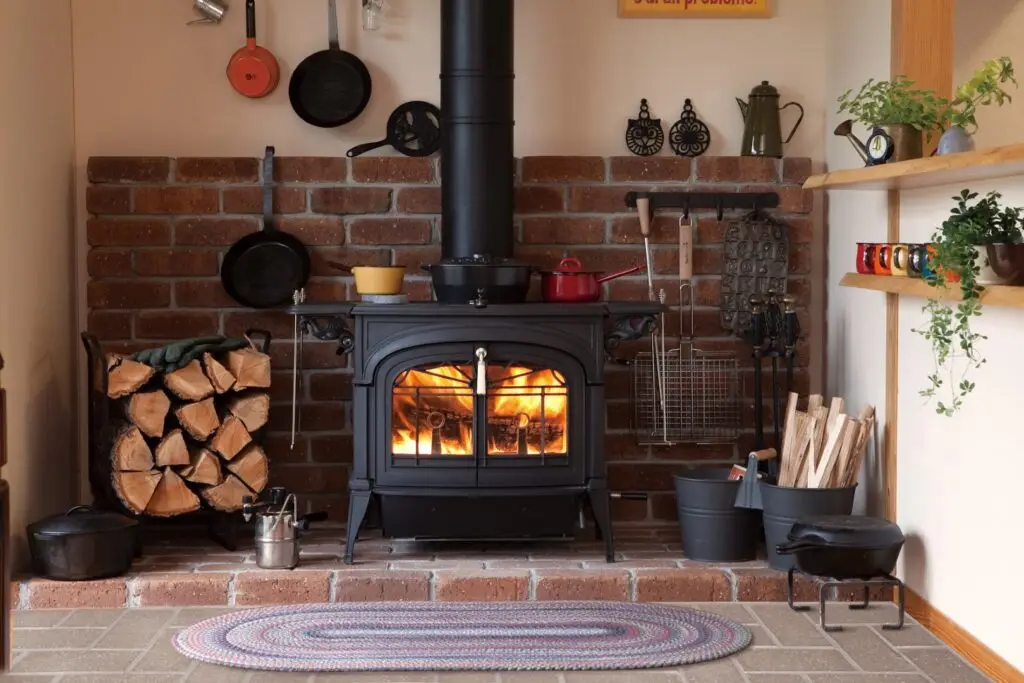

Questions Worth Asking Before You Choose
- Do I live in a region with rising electric rates (like PJM)?
- How much am I spending on heating right now and what will I be spending in 5 or 10 years?
- How long do I plan to stay in this home?
- Could I reduce my overall energy costs with strategic zone heating?
- What’s my backup plan if power goes out or prices spike mid-winter?
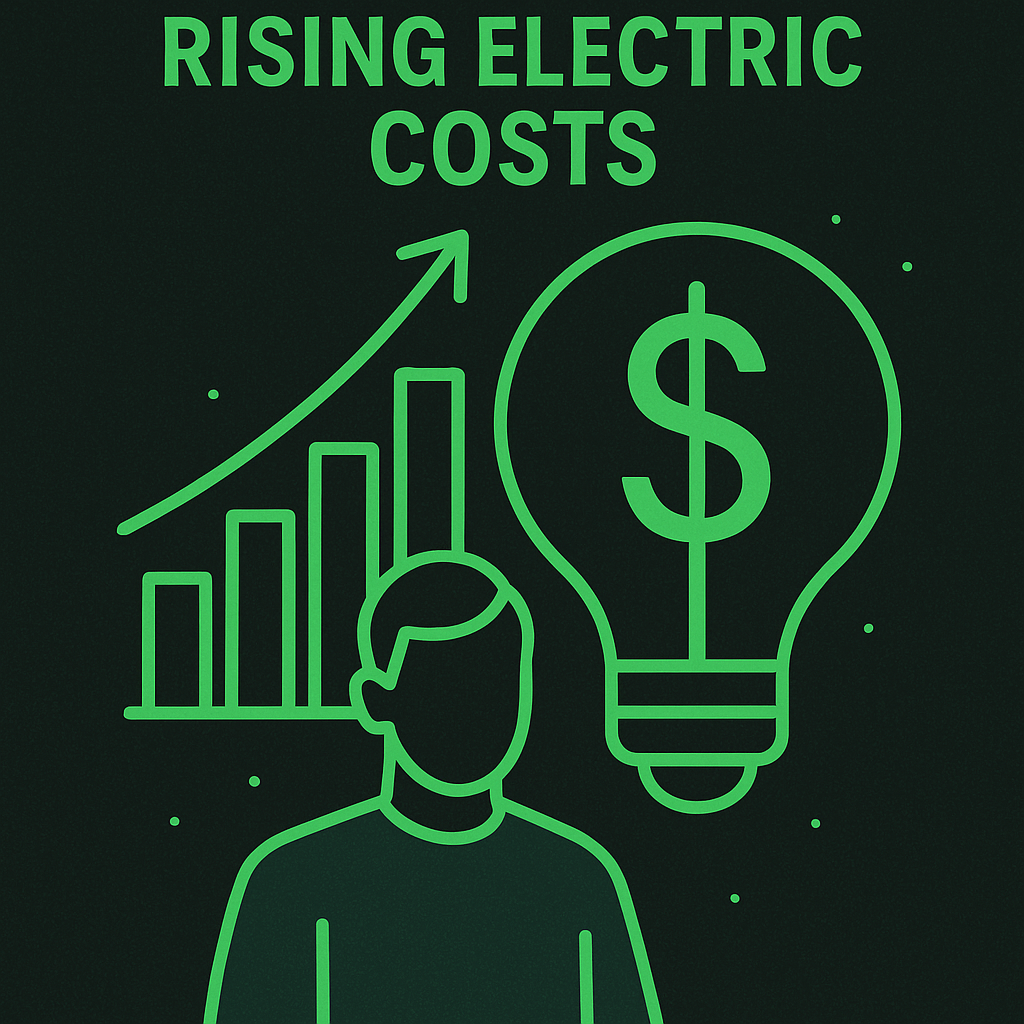
The Bottom Line
Heating systems last 15 to 20 years. The decision you make today will affect your comfort and your budget for decades. With electric rates on a steep upward trajectory, diversifying your heating strategy with a wood or pellet stove isn’t just about comfort, it’s about taking control of your energy future. If you ever have any questions, we can help at The Stove Shop Fireplace Experts.

